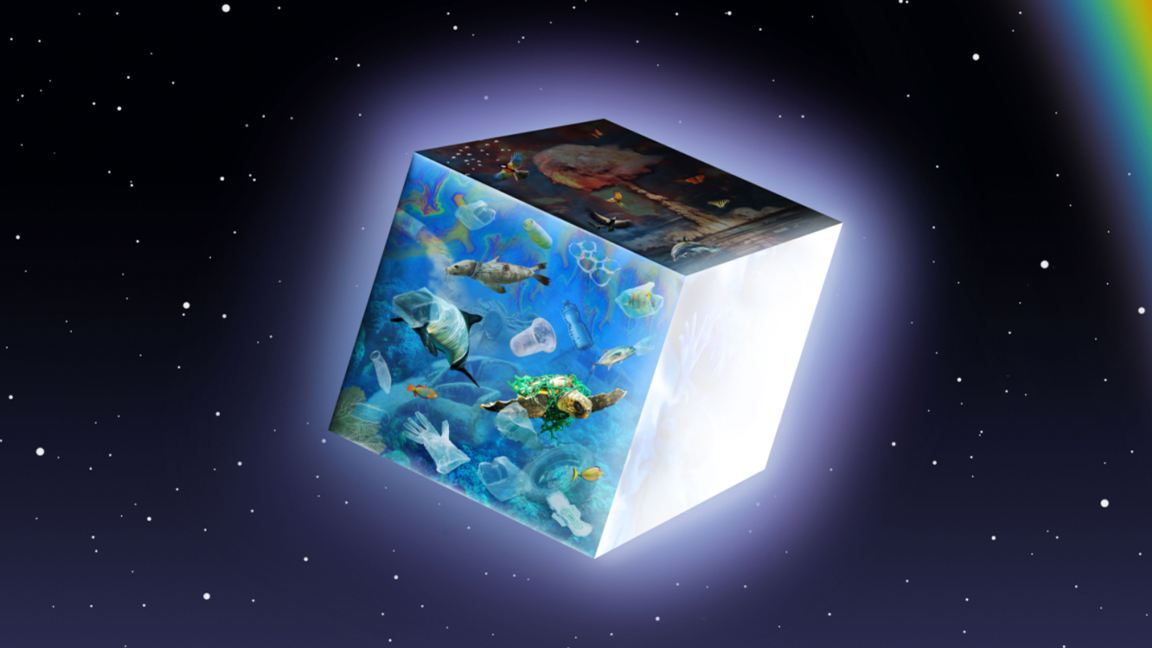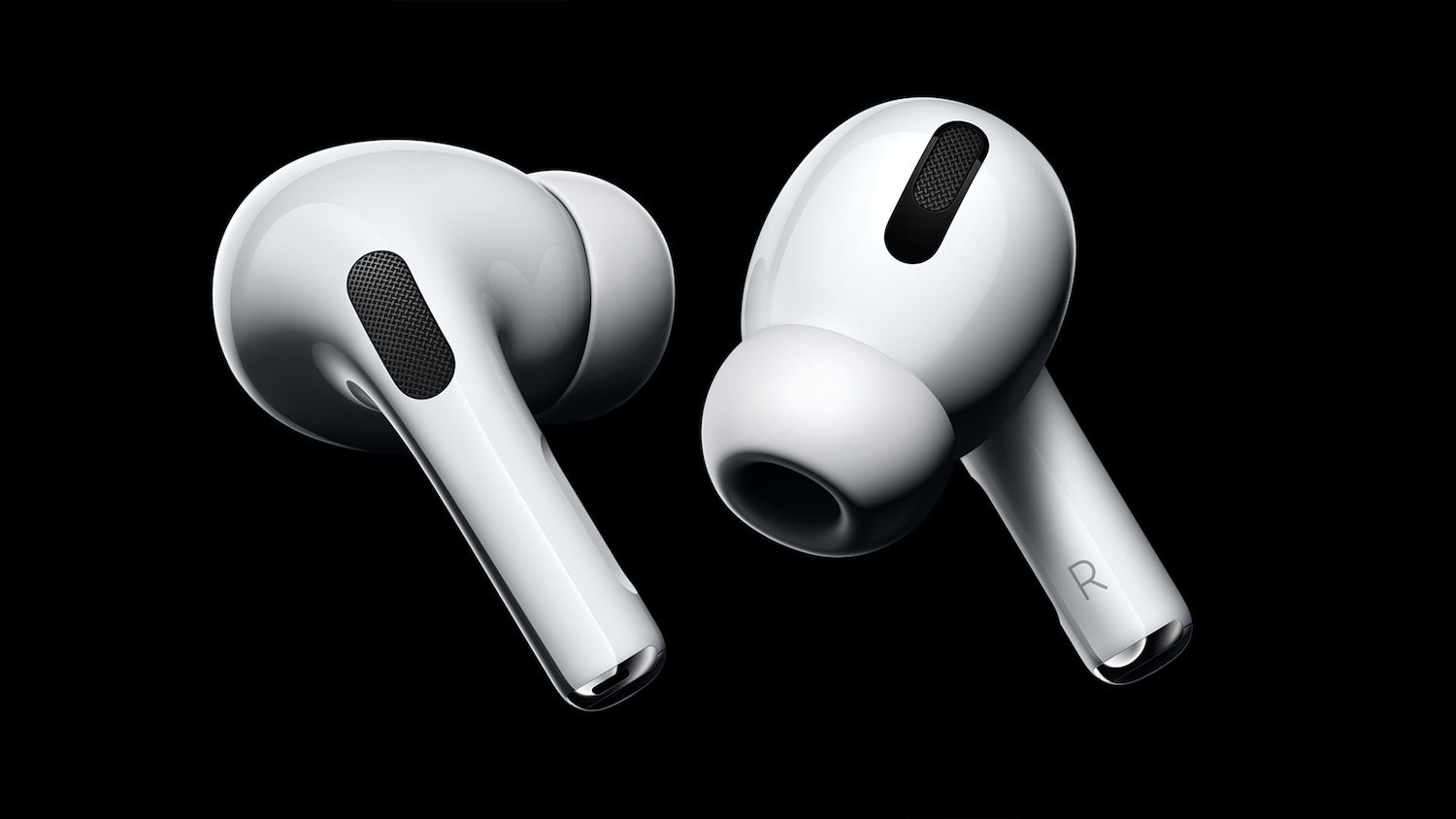
How to spot a fake NFT? This is a question on the minds of more people as non-fungible tokens take off in the art world. As NFTs help make art profitable again for many traditional and digital artists, plagiarism and fakes are a rising problem.
Artist Adrian Chesterman, who has worked with Steven Spielberg, Andrew Lloyd Webber and Chris Rea, has his own check-list to consider, and we have some good ones in our guide to NFT drops. It's also good to know where to find art, so take a look at our feature on the best NFT marketplaces.
Adrian Chesterman, has recently created a modern version his illustration for Chris Rea’s album Road to Hell and has it on OpenSea. He has his own ways of protecting himself from being taken in by an NFT fake. He outlines these below.
Spotting a fake NFT

- "First off, the rule of thumb is: If the deal seems too good to be true, that's because it probably is. Prices of NFTs are based on supply and demand. If an NFT is priced significantly cheaper or more expensive than similar NFTs from the same collection or category, it may be a fake."
- "Check the authenticity of the NFT by doing a reverse Google image search. In addition, the platform can verify collections and their artists. Typically, a blue checkmark will appear by its title if it’s the real deal."
- "Ultimately, the best way to ensure your NFT is genuine is to choose the right platform, perhaps one with human moderators is best."
The artist is convinced NFTs are the 'future of art' despite these teething problems. He says: “We’re increasingly living digital lives and NFTs allow us to take the images we love into this world – with an even further enhanced experience for the buyer. It’s the inevitable way forward,"
“In addition, it’s good for an artist’s profitability. They can prove if their works are counterfeited, and they can include criteria to get royalties every time their works are re-sold in the future,” adds the artist.
Read more:
- What are NFTs? Here's all you need to know
- 11 NFT marketplaces you should know
- NFT crypto: which is best for your art?
Daily design news, reviews, how-tos and more, as picked by the editors.

Ian Dean is Editor, Digital Arts & 3D at Creative Bloq, and the former editor of many leading magazines. These titles included ImagineFX, 3D World and video game titles Play and Official PlayStation Magazine. Ian launched Xbox magazine X360 and edited PlayStation World. For Creative Bloq, Ian combines his experiences to bring the latest news on digital art, VFX and video games and tech, and in his spare time he doodles in Procreate, ArtRage, and Rebelle while finding time to play Xbox and PS5.
